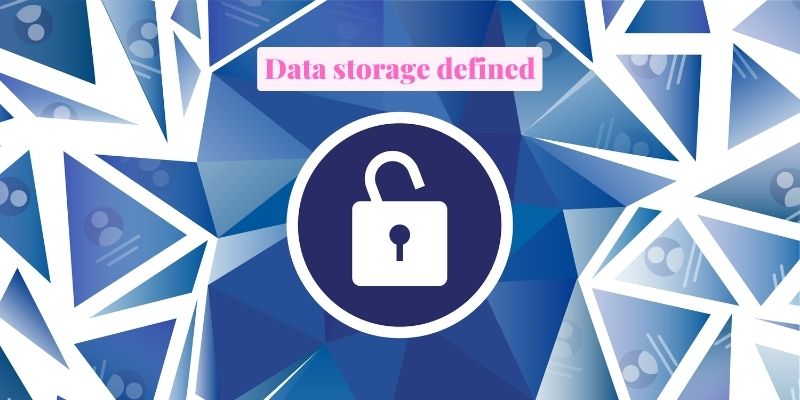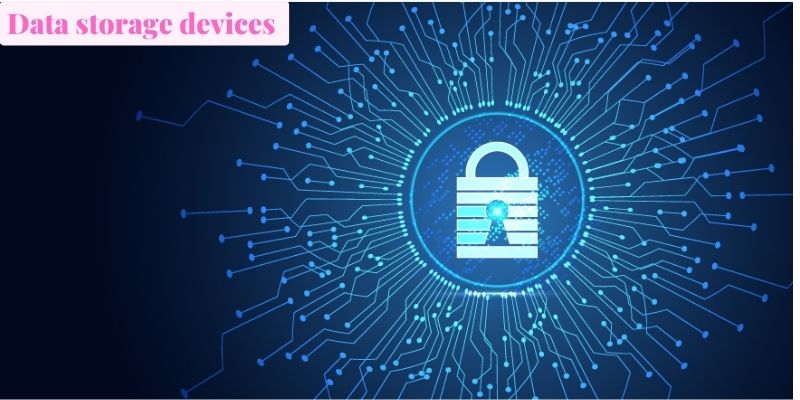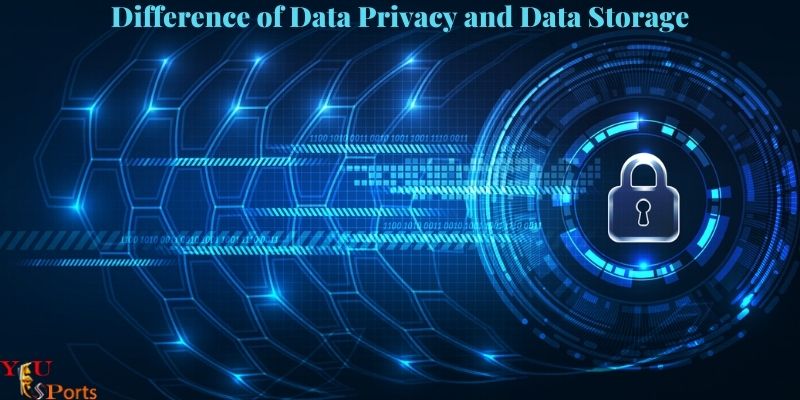Difference of data privacy and data storage. Data privacy and data storage refers to the safeguarding of personal information from those who shouldn’t have access to it and the freedom of individuals to control who has access to their data. For existing or upcoming operations, digital information is recorded and preserved on magnetic, optical, or mechanical media. In this article, yeuesports.com will discuss difference of data privacy and data storage.
Difference of data privacy and data storage
What is data privacy? (Difference of data privacy and data storage)
Data privacy is the capacity to manage when, how, and how much personal information about oneself is shared with or transmitted to others. Personal information includes things like a person’s name, home address, phone number, and online and offline behavior. Many online users desire to regulate or limit the acquisition of specific categories of personal data, much as how someone might want to keep some people out of a private conversation.

The importance of data privacy has increased along with the use of the Internet. Websites, apps, and social media platforms commonly need to gather and store personal data about users in order to provide services. However, some platforms and applications might collect more data and exploit it in ways that customers had not anticipated, providing users less privacy than they had intended. The data that other platforms and apps collect could not have the appropriate security measures in place, which could result in a data breach that violates user privacy.
Why is data privacy important? (Difference of data privacy and data storage)
Since it is viewed as a fundamental human right, many nations have data protection laws that defend individuals’ right to privacy. Data privacy is important because it gives people the peace of mind they need to engage in online activity knowing that their personal information will be handled with care. Businesses utilize data protection processes to demonstrate to customers and users that they can be trusted with their personal data.
If personal information is not kept private or if individuals are unable to exercise control over how their information is used, it may be exploited in a variety of ways, including the following:
- Criminals can use personal data to defraud or harass users.
- Without the user’s approval, entities may sell personal information to advertisers or other third parties, which could lead to users receiving unwanted marketing or advertising.
- The ability to express oneself freely may be limited if one’s actions are followed and watched, particularly in countries with authoritarian governments.
Any of these outcomes could be harmful to a person. These consequences for a company could have negative effects on its reputation and result in fines, sanctions, and other legal implications.
Many people and governments think that privacy has intrinsic value and is a human right necessary to a free society, much like the right to free expression, in addition to the detrimental impacts on the real world.
Data storage defined (Difference of data privacy and data storage)
There are two types of digital information: input data and output data. User input is used to provide the data. Computers give data output. However, a computer’s CPU cannot perform any calculations or produce any output data without user input.
The input data can be entered by users straight into a computer. However, early adopters of computers discovered that manually entering data all the time was both time- and energy-consuming. Computer memory, sometimes referred to as random access memory (RAM), is one short-term fix. However, its memory retention and storage capacity are constrained. As the name implies, data in read-only memory (ROM) can only be read, not always modified. They manage the fundamental operations of a computer.

Dynamic RAM (DRAM) and Synchronous DRAM (SDRAM) have improved computer memory, although they are still constrained by price, space, and memory retention. The RAM’s capacity to store data is lost when a computer shuts off. The answer? saving of data.
On a gadget having data storage space, users can save data. Additionally, even if the machine turns off, the data is preserved. Instead of manually entering data into computers, users can instruct them to obtain the information from storage media. A computer can read input data from multiple sources as necessary, then create and save output to those same sources or other storage locations. Users have the option to work together to store data.
For today’s high-level computational needs, such as big data projects, artificial intelligence (AI), machine learning, and the internet of things (IoT), companies and individuals need data storage. The need for massive data storage also has the drawback of making it necessary to protect against data loss as a result of fraud, failure, or disaster. Therefore, enterprises may also use data storage as backup solutions to prevent data loss.
How data privacy and data storage works
Simply put, current computers, or terminals, have the option of connecting to storage devices either directly or via a network. Computers are instructed by users to access data that is stored on and accessible from a variety of storage devices. Data storage, however, is fundamentally founded on two concepts: the shape it takes and the technology it is recorded and stored on.
Data storage devices (Difference of data privacy and data storage)
Regardless of the format, users require storage devices in order to save data. The two fundamental types of data storage devices are network-based storage and direct area storage.
Direct-area storage (DAS), which is another name for direct-attached storage, is exactly what its name implies. This storage is commonly accessible by and instantly connected to by the computing device. There are typically no other devices connected to it. DAS is also capable of providing reasonable local backup services, however sharing is limited.

Network-based storage is perfect for data sharing and collaboration because it can be accessed by different PCs. Additionally, because to its flexibility for off-site storage, it is better suited for backups and data security. Two common setups for network-based storage are storage area networks (SAN) and network-attached storage (NAS).
A redundant array of independent disks (RAID) or redundant storage containers are common components of NAS. A SAN storage system can be a network of several devices, including SSD and flash storage, hybrid storage, hybrid cloud storage, backup software and appliances, and cloud storage. This is where NAS and SAN differ:
NAS
- Single storage device or RAI
- File storage system
- TCP/IP Ethernet network
- Limited users
- Limited speed
- Limited expansion options
- Lower cost and easy setup
SAN
- Network of multiple devices
- Block storage system
- Fibre Channel network
- Optimized for multiple users
- Faster performance
- Highly expandable
- Higher cost and complex setup
